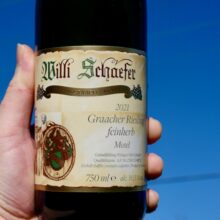
Product information
Willi Schaefer Graacher Feinherb Riesling 2021
$64
Description
AP: 07 22. The 2021er Graacher Riesling Feinherb is an off-dry wine made from fruit harvested mainly in the Himmelreich. It offers a beautifully fresh and minty nose of wet sone, stone fruit, lozenge, white peach, lime, and lime tree. The wine has great energy and presence on the palate, while the wine maintains a great sense of airiness and lightness. The finish is beautifully long and focused and leaves an already dry and sharp taste of spices and fine herbs. This is a truly remarkable dry-tasting wine. 2023-2031
Mosel Fine Wines 93 Points SR 93
In stock



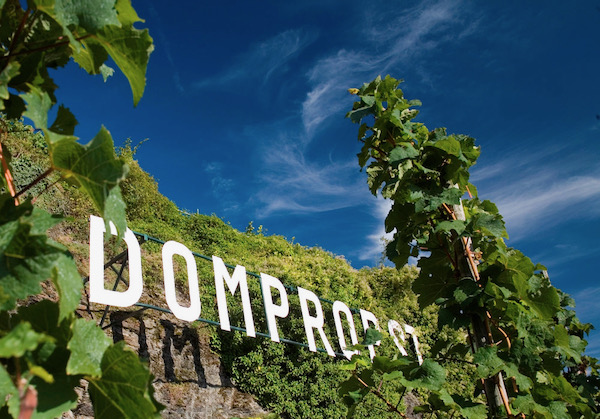
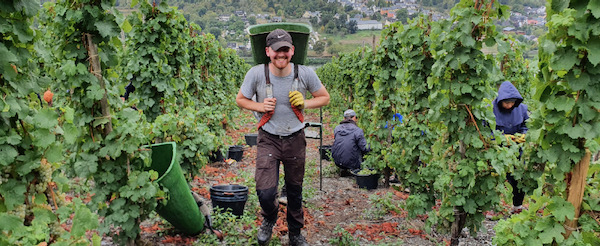


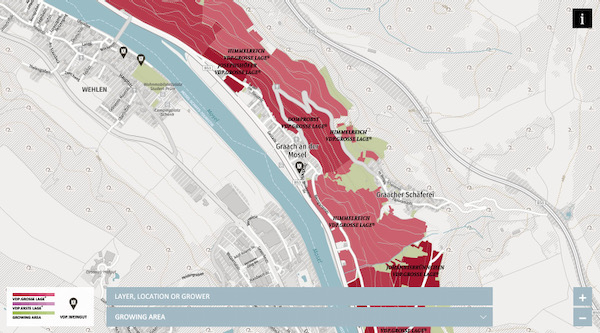
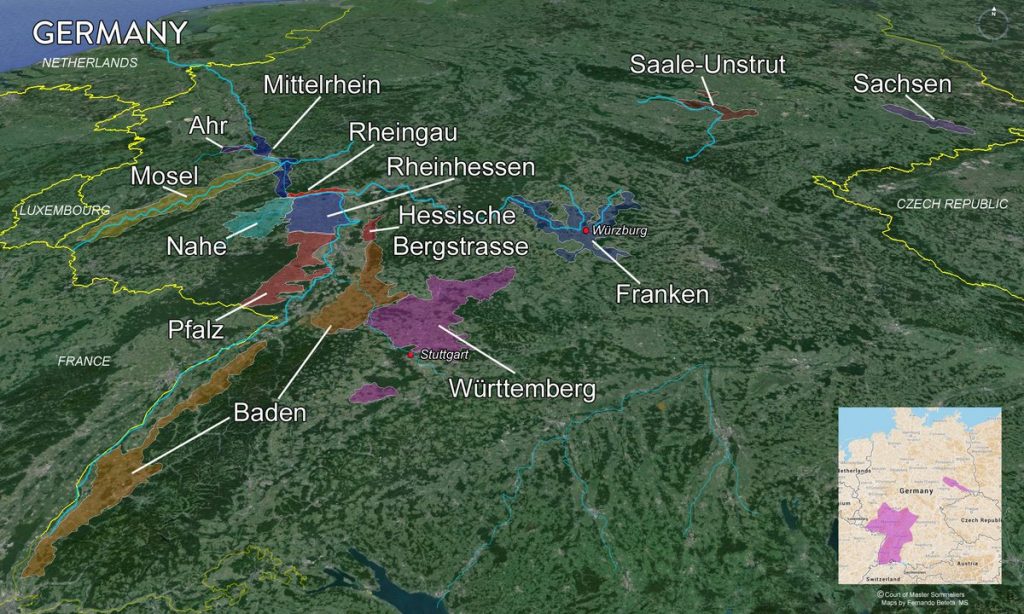
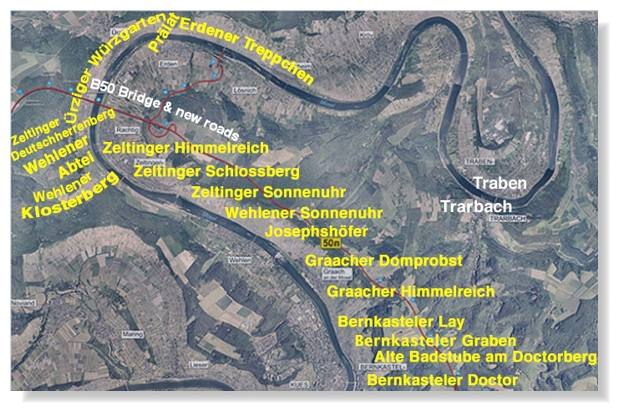
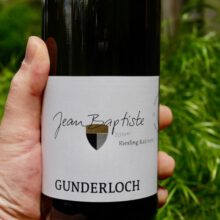
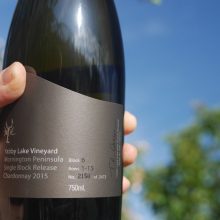

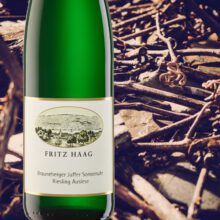
You must be logged in to post a comment.